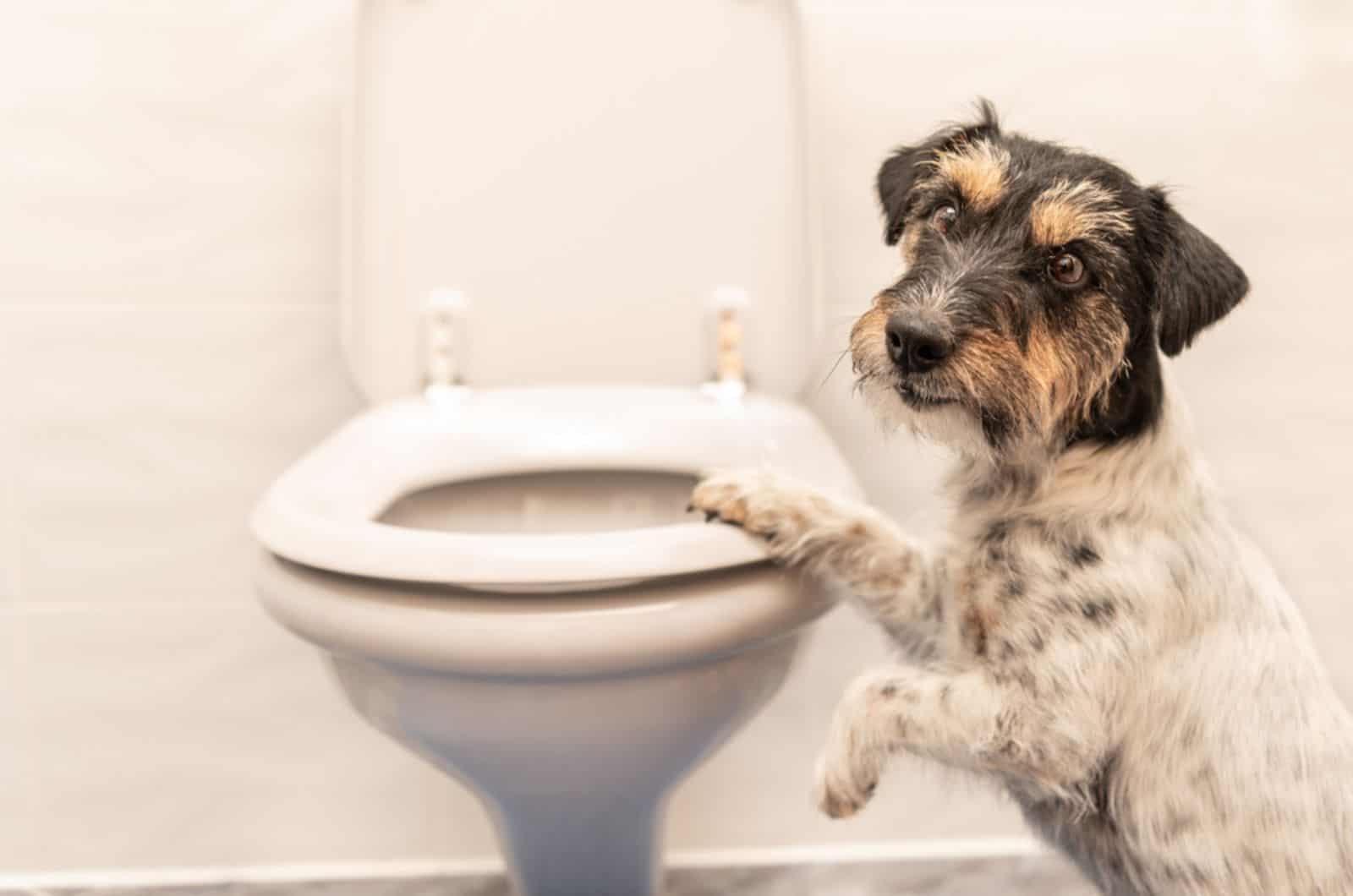Owning a dog, while fulfilling and exciting, does have a few caveats. One of them is your pooch getting a sick tummy and a rather explosive and liquid stool, but how does one treat diarrhea in dogs?
Well, it depends on the form the poop takes when it’s going out and its color.
A lot of factors come into play here and diarrhea can indicate a lot more than just an upset stomach, especially since it’s often a symptom of many potential health issues.
Now, most cases are relatively mild and should be solved within a day or two, but not every case will be mild, which is why we’re here today.
Obvious content warning for you folks out there as this may get a bit yucky at times. Now let’s get into the nitty gritty.
1. Leave It Be
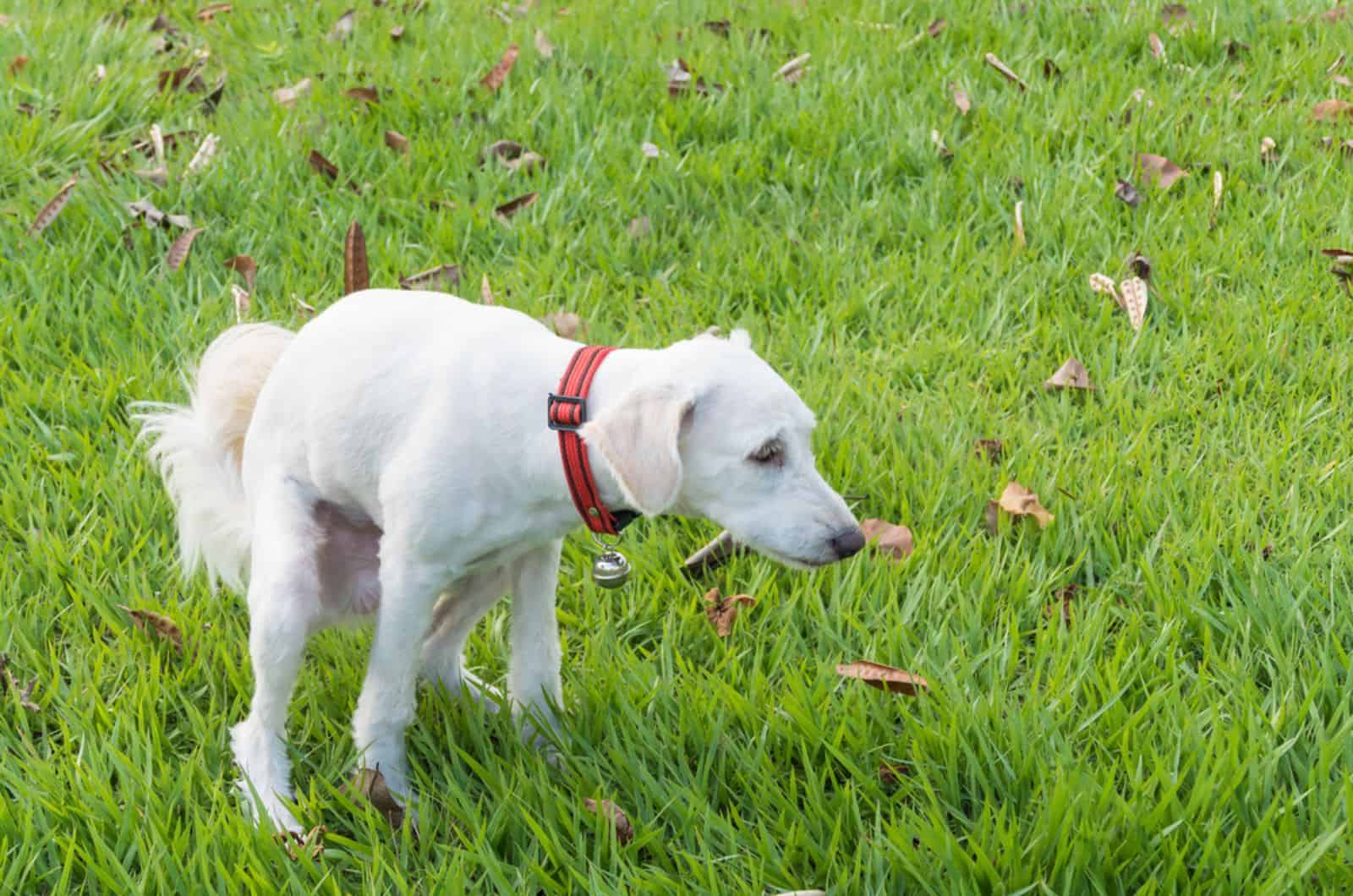
Starting off with the mild case, if your dog doesn’t seem to be struggling from diarrhea that isn’t too frequent, the problem should go away in a day or two.
Just make sure you’re around to clean up in case he has an accident in the house so it doesn’t seep into any fabric and you should be okay.
If he can go outside, your dog may even graze on some grass to get some extra fiber in to help soothe his tummy.
2. Go Back To His Old Diet
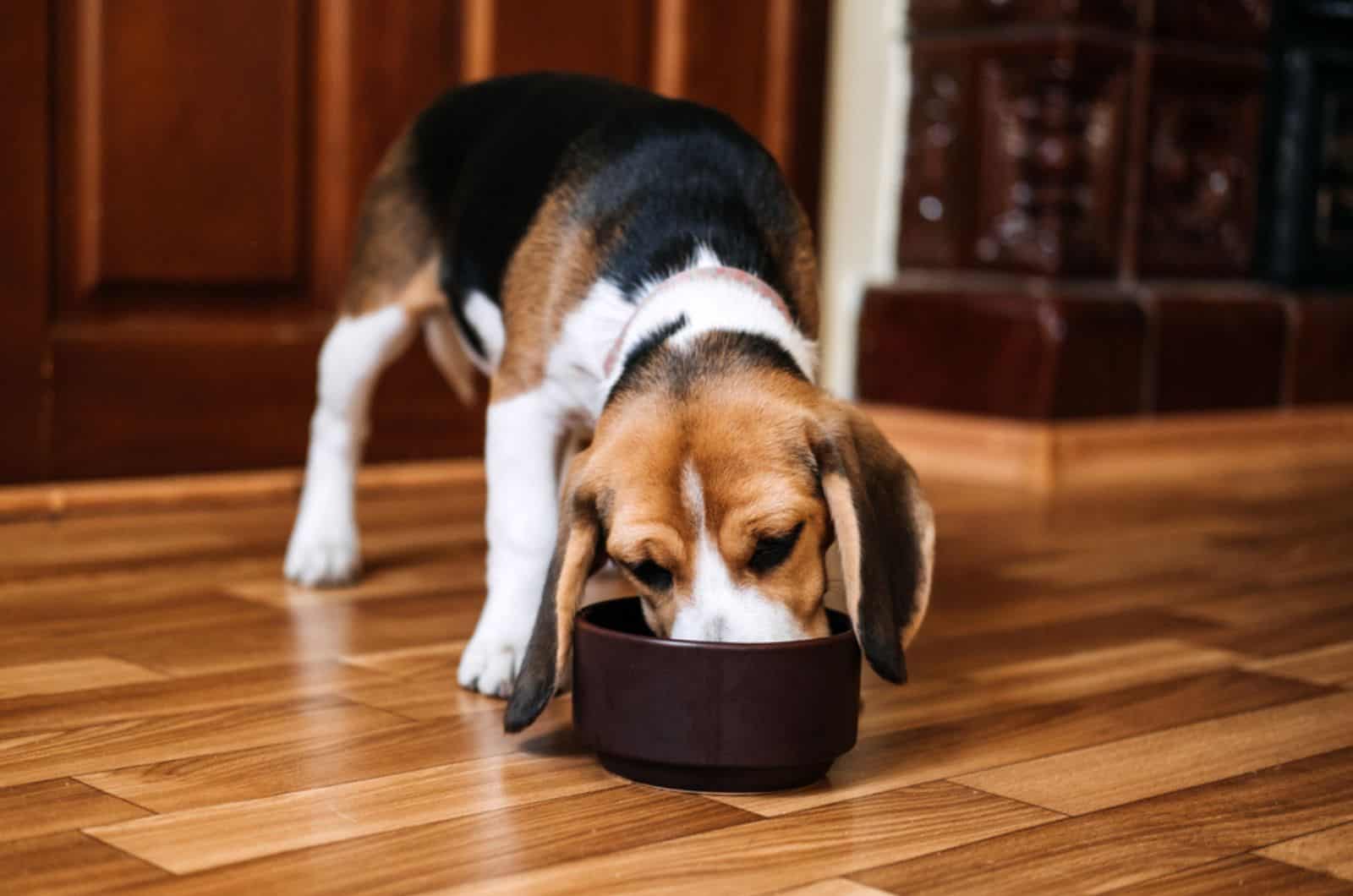
If the cause of his diarrhea happened right after a transition to a new food brand, then the problem could be that he still didn’t adapt to it because you may have rushed the process.
Should that be the case, put him back to the old stuff until his stomach calms down, after which you can try introducing the new food again, making sure to pace it properly this time around.
3. Going With A Bland Diet
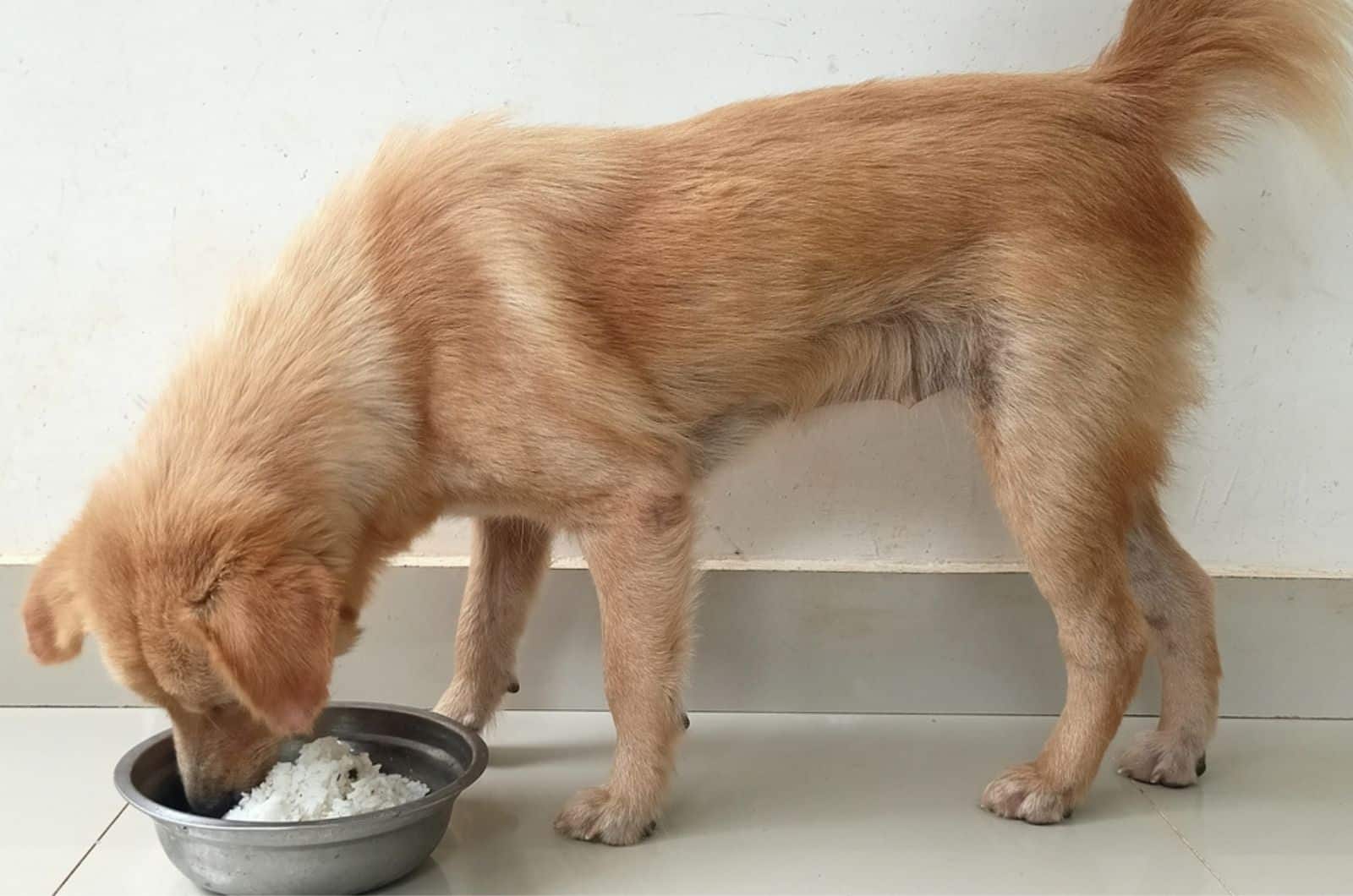
If the case isn’t a new diet, but something bad that he may have eaten in general, then it’s best to stick with a bland, easily digestible diet instead.
Practically similar stuff that we’d eat if we had a case of the runs that persisted for a bit like white rice, boiled chicken, pasta, or boiled potatoes if your dog can stomach them.
Though, in regards to potatoes, it’s best to ask your vet first as they can be poisonous to some dogs and only make matters worse.
In some cases, you may need to refrain from feeding your dog anything entirely and only stick to water for about a day to allow the stomach time to settle down so it can take more food in.
This is why you should start the feeding off slowly and see what happens before proceeding further.
Regardless of the case though, it’s always good to call your dog’s vet beforehand and describe the diarrhea itself to see what the severity of the problem at hand is.
If it’s severe enough, he may tell you to take him over to get him a proper check-up, otherwise you should be fine with the remedies listed above.
4. Vet’s recommendation
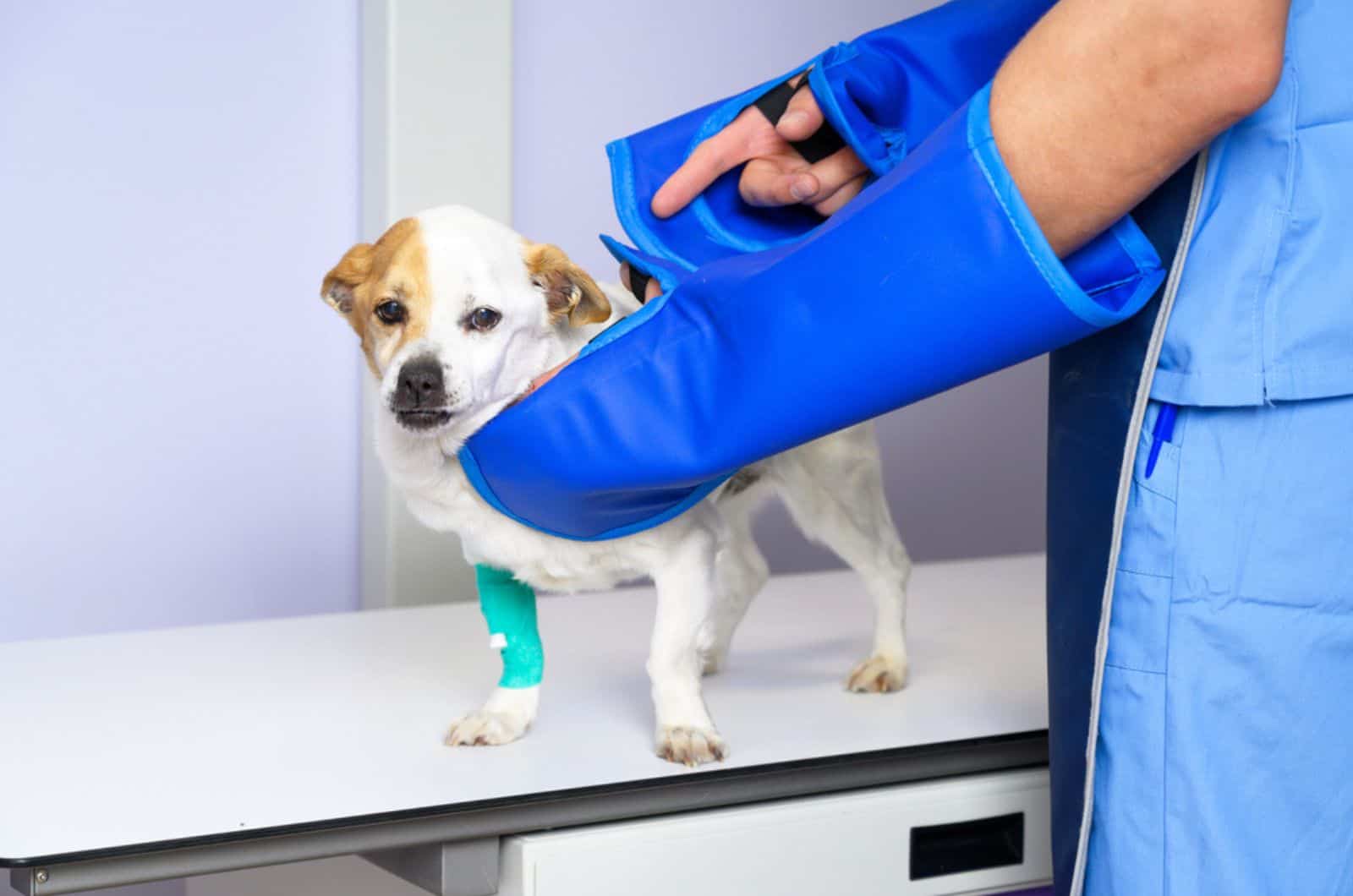
If the case is more severe and you’re asked to take him to the vet, he’s likely to take some X-rays to determine the root cause of the issue.
If the cause appears to be severe enough, he’ll prescribe some canine specific medication to help deal with the issue as well as a probiotic after the fact to help restore his gut flora.
Describing The Diarrhea?
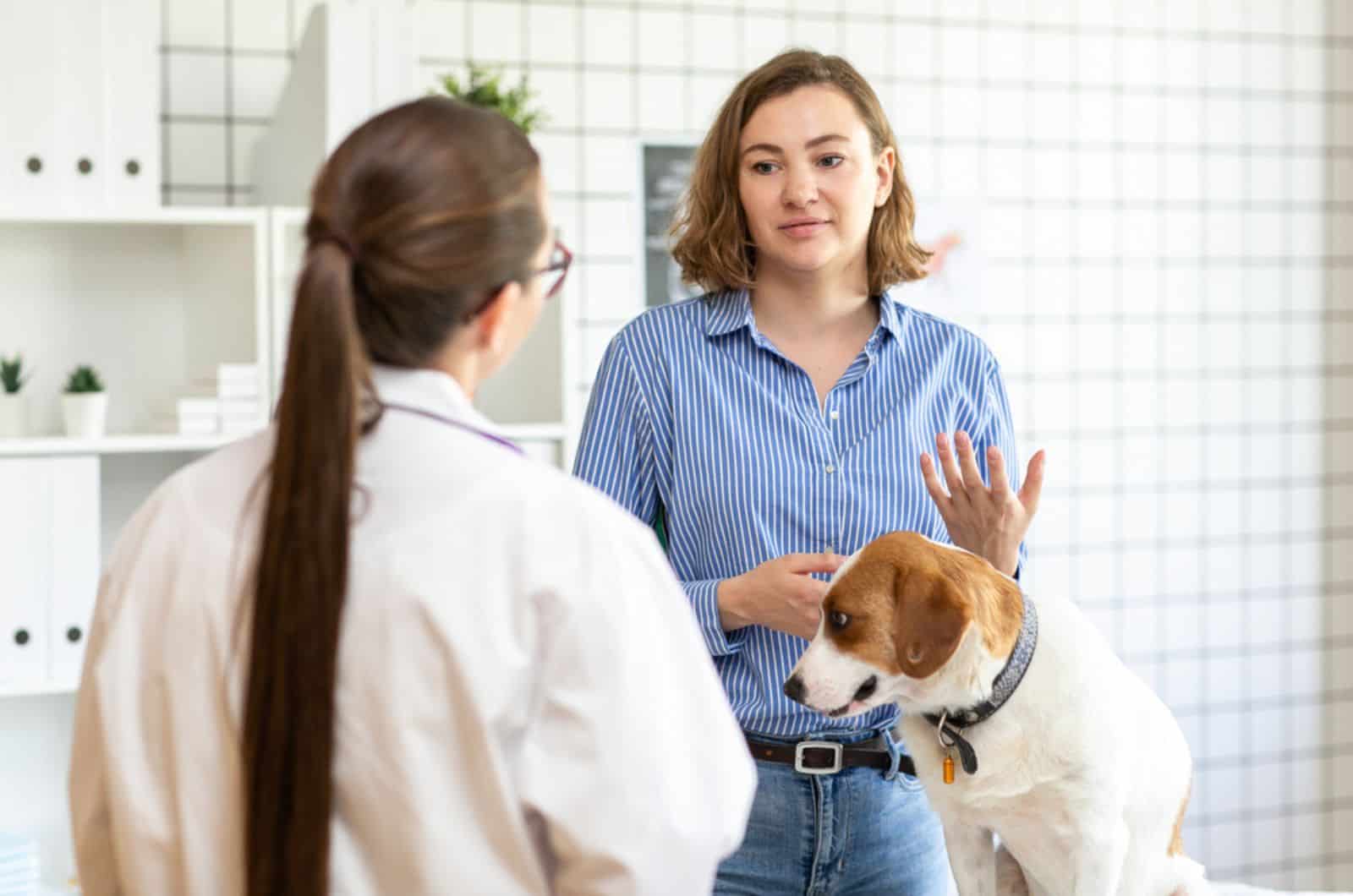
Precisely.
While it may be rather tedious and disgusting work, it has to be done as going to the vet to get a stool sample otherwise could be both a waste of time and money, both for you and the vet in question.
Get every detail that you can. The color, the consistency, the shape (if there is any), whether there are any bits in the stool, blood, mucus or anything else that may seem off.
The frequency of the diarrhea too and whether your dog seems to have any other symptoms alongside the diarrhea like lethargy, pain or the look of dehydration.
All of these details are important for the doctor to gauge the severity of the problem and whether it should be dealt with at home or if your dog should be brought in to the vet’s clinic.
What Are Some Of The Most Common Causes Of Canine Diarrhea?
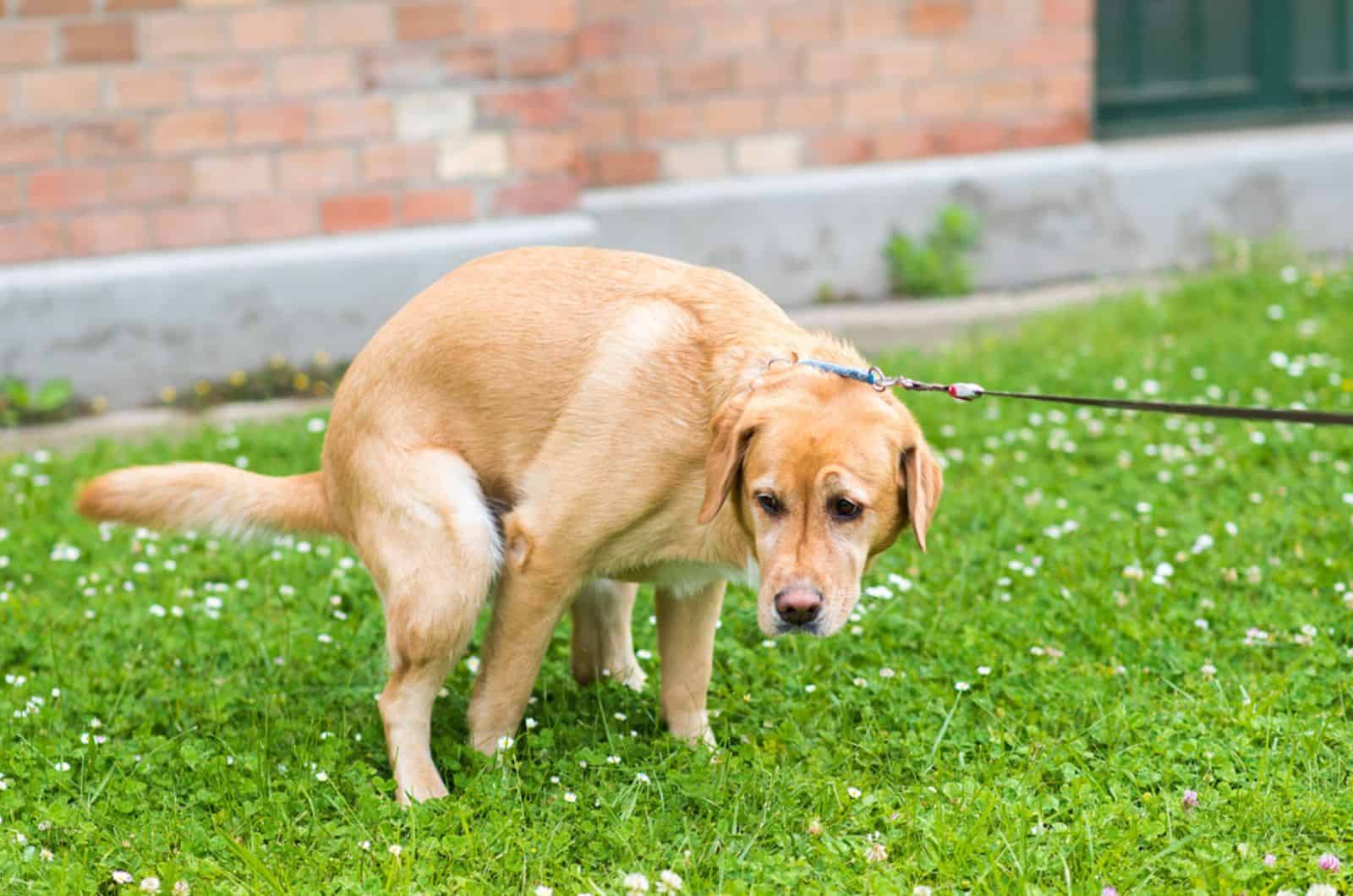
There are plenty of different things that may cause a digestive upset.
Let’s take a look at the milder ones first:
- Eating spoiled food
- Mild allergic reaction to a particular food ingredient
- Stress
- Quick dietary swaps
- Eating non-food items
All of these are relatively mild and are counted as ones that go away in the span of a few days, as soon as the problem is flushed out of the system.
There shouldn’t be any follow-up symptoms outside of the diarrhea itself.
The diarrhea can also be self induced too as the dog tries to expel the bad food out himself by grazing to irritate the stomach and stimulate excretion.
If you find undigested grass or a greener stool after he does his business, then that was most likely the case.
RELATED: 7 Causes Of German Shepherd Diarrhea, And How To Help
As for the more serious cases, they’re a lot rarer, but also more diverse:
- Bacterial or viral infections
- Heavy allergic reaction to a particular food ingredient
- Problems involving a disrupted immune system
- Poisoning
- Problems involving the liver, gallbladder, or the heart
- Bleeding in the upper GI tract
- Colon cancer
These will often be followed up by more severe symptoms.
Lethargy is the most common one, followed by a loss of appetite and more frequent and violent diarrhea episodes.
Vomiting may be a part of it too, in which case the chance of dehydration doubles and a visit to the vet is almost guaranteed.
Stool color may change too depending on the cause of the problem. Namely, issues involving the gallbladder may cause the poop to turn green or gray.
If the poop contains mucus, then the problem may be scraping the dog’s stomach lining which isn’t good and may require immediate medical attention.
Finally, if the poop is tarry and black, then it may indicate bleeding in the upper GI tract and a potential cancer scare.
SEE ALSO: Puppy Diarrhea At Night: Why Does It Happen?
In Conclusion
Treating diarrhea in dogs is usually a simple matter as, in most cases, the problem tends to resolve itself.
It’s only when you see your dog still having diarrhea after the initial 48 hour passes or if he appears lethargic, in pain, has no appetite or is vomiting that you need to start to worry.
Of course, if there are any irregularities in the stool like a different color, signs of blood or a tarry consistency, it’s also a cause for worry.
Whatever the case may be, make sure to contact your dog’s vet and describe the problem at hand, he’ll guide you through the next steps that you’ll need to take.
Just try not to worry. While diarrhea is often a serious symptom, treatments for it are effective.
Stay on top of things and your canine companion should be just fine, your furniture and carpets, probably not so much.
Until next time, pet parents.
READ NEXT: My Dog Has Diarrhea But Is Acting Fine: 10 Common Reasons
